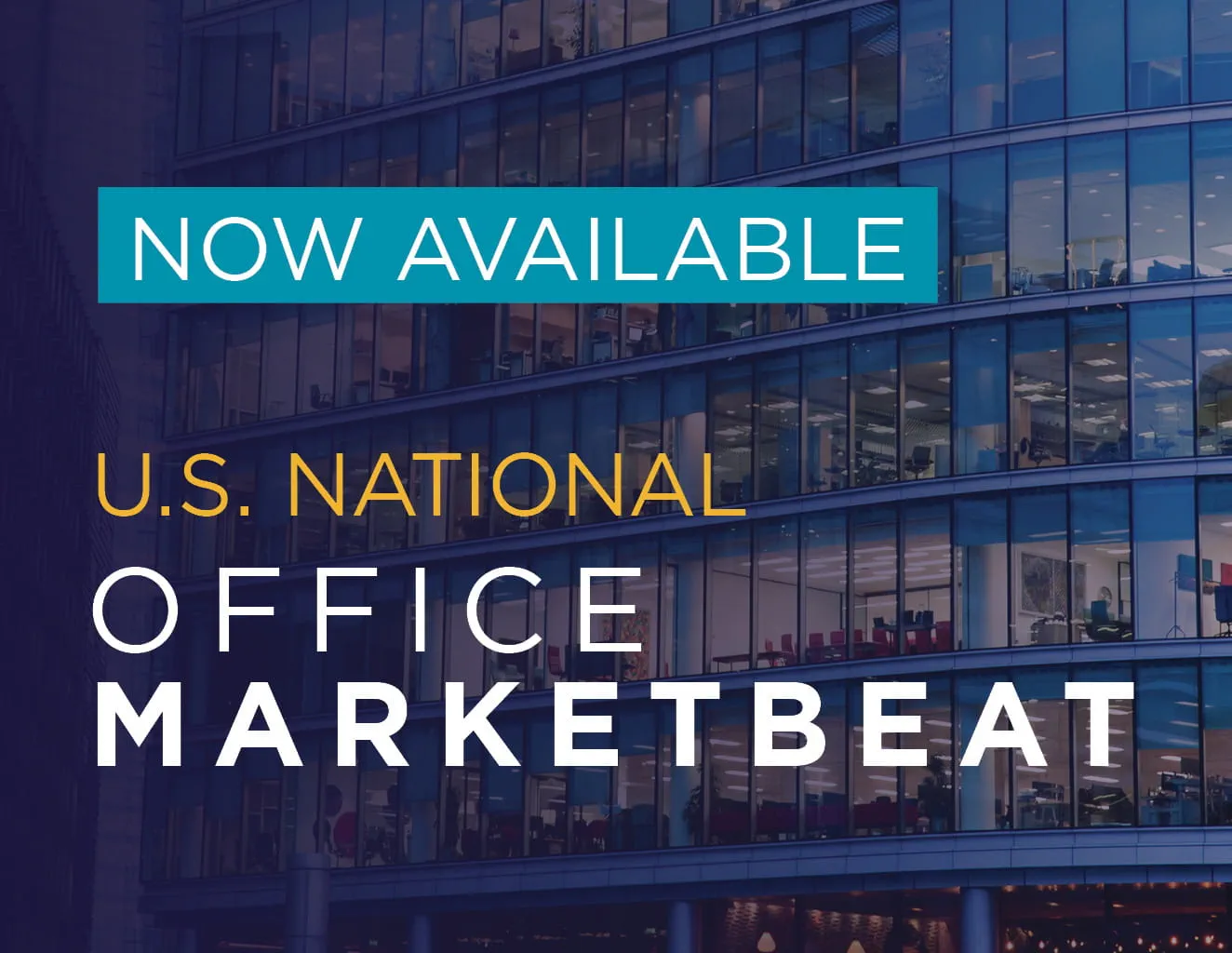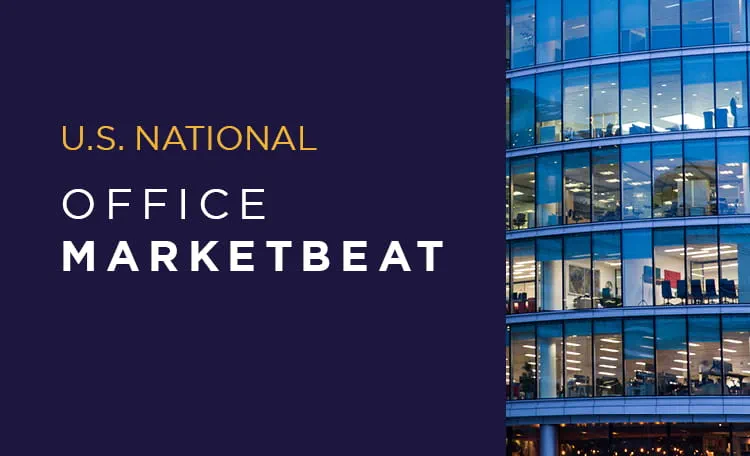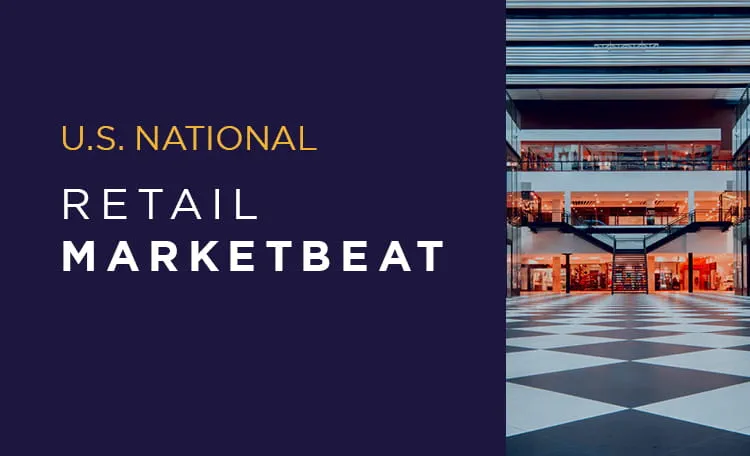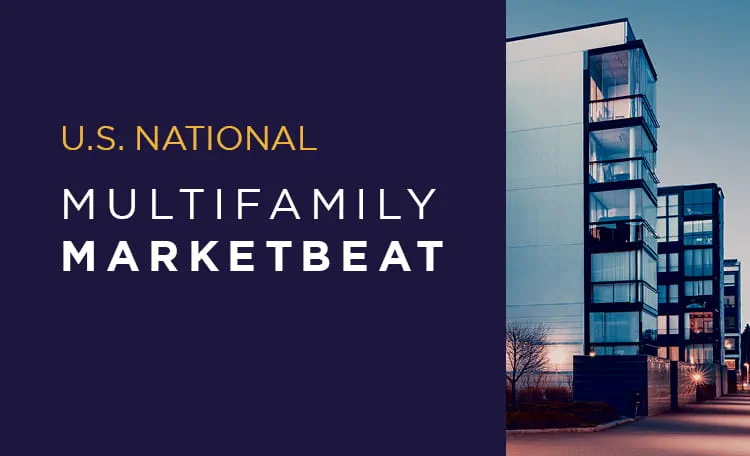For the data behind the commentary, download the full Q3 2025 U.S. Office Report.
The U.S. Office Recovery Is Taking Hold
The combination of improving demand and slowing new supply is helping stabilize the broader office market. Net absorption was -4.3 msf in Q3 2025, the 13th consecutive quarter of negative absorption. However, gross leasing activity is trending consistently higher, absorption for Class A assets is positive and improvements are spreading across a greater number of markets.
Recovery remains uneven but is becoming more widespread. In Q3, 46 of 92 tracked U.S. markets posted positive absorption—a 50% jump from the 31 markets two quarters earlier. Excluding the five weakest markets, national absorption was slightly positive (+289,000 sf) in Q3 2025.
Occupier activity is growing with five markets surpassing 1 msf: Midtown Manhattan (+5.4 msf), San Jose (+3.3 msf), Midtown South Manhattan (+1.7 msf), Nashville (+1.2 msf) and Northern New Jersey (+1.2 msf). Nearly a third of U.S. markets have had net demand over the past year that exceeds 100,000 sf.
- Gateway & Gateway Adjacent: Midtown Manhattan, San Jose, Midtown South Manhattan, Northern New Jersey, San Francisco, Los Angeles Non-CBD
- Midwest: Kansas City, Des Moines, Columbus, Cincinnati, Tulsa
- Mountain West: Salt Lake City, Phoenix, Reno
- Northeast: Baltimore, Syracuse
- Southeast: Nashville, Atlanta, Tampa, Charlotte, Miami, Charleston, Greenville, New Orleans, St. Petersburg
- Texas: Austin, Dallas, El Paso, Fort Worth
Strengthening tenant demand is also leading to declines in vacant sublease availabilities. At 117.3 msf, vacant sublease space represents 2.2% of total office inventory, down 30 basis points (bps) YOY. Sublease space has shrunk by 14.5% from its Q1 2024 peak, with 55 U.S. markets having experienced YOY declines.
Class A Offices Capture Disproportionate Share of Tenant Demand
Top-tier office space continues to outperform the broader market. Companies aiming to boost in-office attendance and employee experience are gravitating toward high-quality buildings in prime locations with the right mix of amenities and services. This is reflected in Class A data, with net absorption positive in three of the past four quarters.
Class A four-quarter rolling absorption turned positive in Q3 2025, reaching +3.0 msf—the first positive reading in over three years and the highest since Q3 2020. Nearly 60% of U.S. markets saw positive Class A absorption over the past year, led by Midtown Manhattan, Nashville, Midtown South Manhattan, and Austin.
As the market grows more quality-sensitive, vacancy is concentrating in buildings that are competitively obsolete. This is creating a trifurcated market: top-tier space is highly occupied and vacancy is tightening (half of U.S. office buildings are fully occupied). As construction deliveries decline, demand is moving down the quality spectrum to other Class A buildings. Fourteen markets posted positive Class A absorption despite overall negative absorption, including Downtown Manhattan, Houston, San Diego, Raleigh/Durham, Pittsburgh, and Tucson.
New Office Construction Hitting All-Time Lows
The construction pipeline has been declining precipitously since its 2020 peak. Deliveries and starts are hitting lows not seen in the past decade. In Q3 2025, 7.1 msf of new office space opened, a total that is 30% below the quarterly average since the beginning of 2020. Just 13.4 msf of office space has been delivered year-to-date, which is a decrease of 50% from a year ago and represents the lowest first three quarters of a year since 2012.
The construction pipeline is not being replenished with new office starts, as it declined by 14.1% quarter-over-quarter (QOQ). The 22.5 msf of space under construction is the lowest total in the 21st century and represents just 0.4% of total office inventory. This is quite the drop from the 2.6% of inventory that the pipeline represented in 2020 and sits at less than a third of the long-term average (1.4% of inventory). The construction pipeline exceeds 1.0% of inventory in just 12 U.S. markets, while there are only four markets above 1.4% of inventory: Palm Beach (5.2%), Cleveland (1.8%), Los Angeles (1.4%), El Paso (1.4%) and Miami (1.4%).
With deliveries and new starts remaining subdued, the lack of fresh supply is likely to support increased overall occupancy levels, helping existing assets lease up and further stabilizing the office market.
For the data behind the commentary, download the full Q3 2025 U.S. Office Report.








